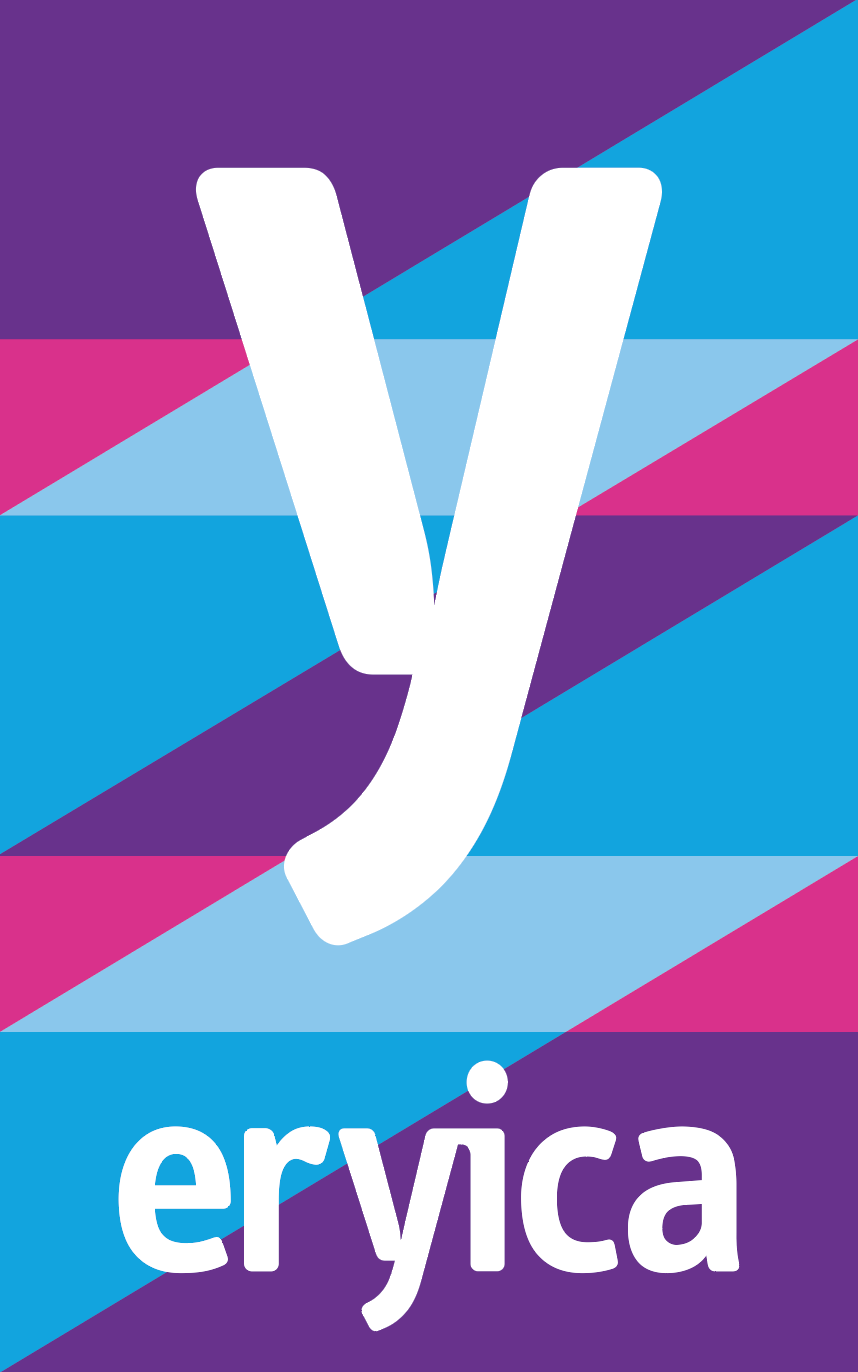Liaisons
+ Projects
previous projects
Liaisons
Prevention of violent extremism through youth information
Project dates
November 2015 - December 2017
Coordination
ERYICA
Financed by
Erasmus+ Capacity Building in the field of Youth
Partners
ERYICA (Luxembourg), Council of Europe (France), Centre d'Information et de Documentation Jeunesse (CIDJ France), Centre d'Information et de Documentation Jeunesse (CIDJ Belgium), Federation Infor Jeunes (Belgium), Centre National d'Information pour Jeunes (CIJ Luxembourg)
Project category
Non-formal and informal learning and activity programmes targeted at young people, prevention of youth violent extremism and radicalisation
The overall objective of the project was to analyse and understand the motives behind violent youth extremism across Europe, and the preventative role that youth information and counselling services can play.
The project began back in 2015, when the French-speaking members of ERYICA came together to discuss the role of youth information in the prevention of youth violent extremism. ERYICA organised an Open Dialogue day in June 2016, which brought together experts on this topic from different sectors to discuss and exchange on their varied experiences.
The results of these discussions and two years of working together is Liaisons- Toolkit for the prevention of violent extremism through youth information. The editorial team has gathered and created the most pertinent tools for preparing young people with the resilience and critical-thinking skills necessary not to fall into the trap of radical and extreme ideas. The manual is first and foremost a practical tool, targeted at those who come into contact with young people (youth (information) workers, teachers, social workers, youth organisations, etc.) and aims to help them cover complex topics such as identity, diversity, communication with others, media and information literacy, to name but a few. There is also a theoretical component to the manual, which aims to help the reader to understand this complex phenomenon.
You may find here the e-version of the Manual in French, English, Bosnian, Dutch, Azerbaijani, Catalan, Spanish and Portuguese.

